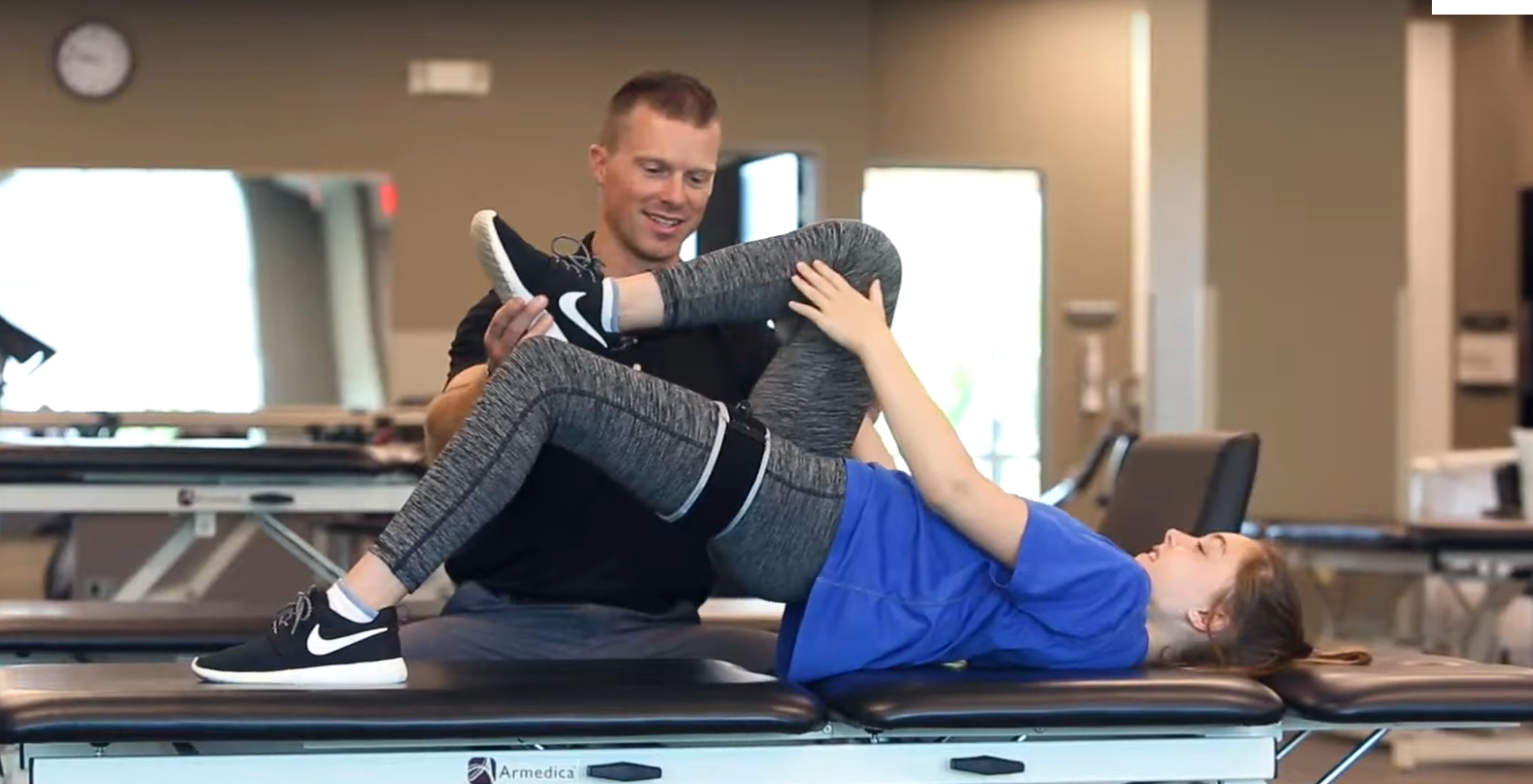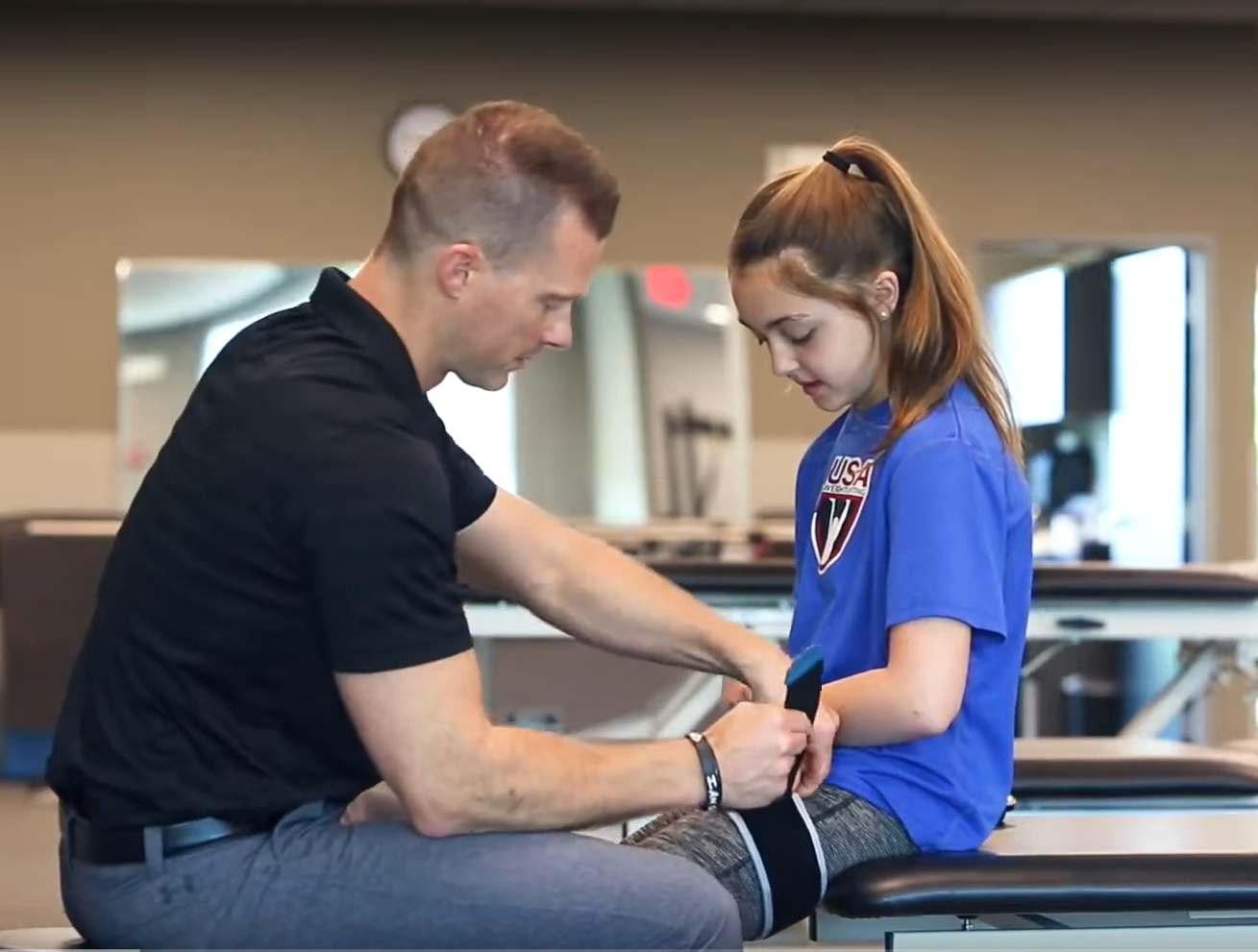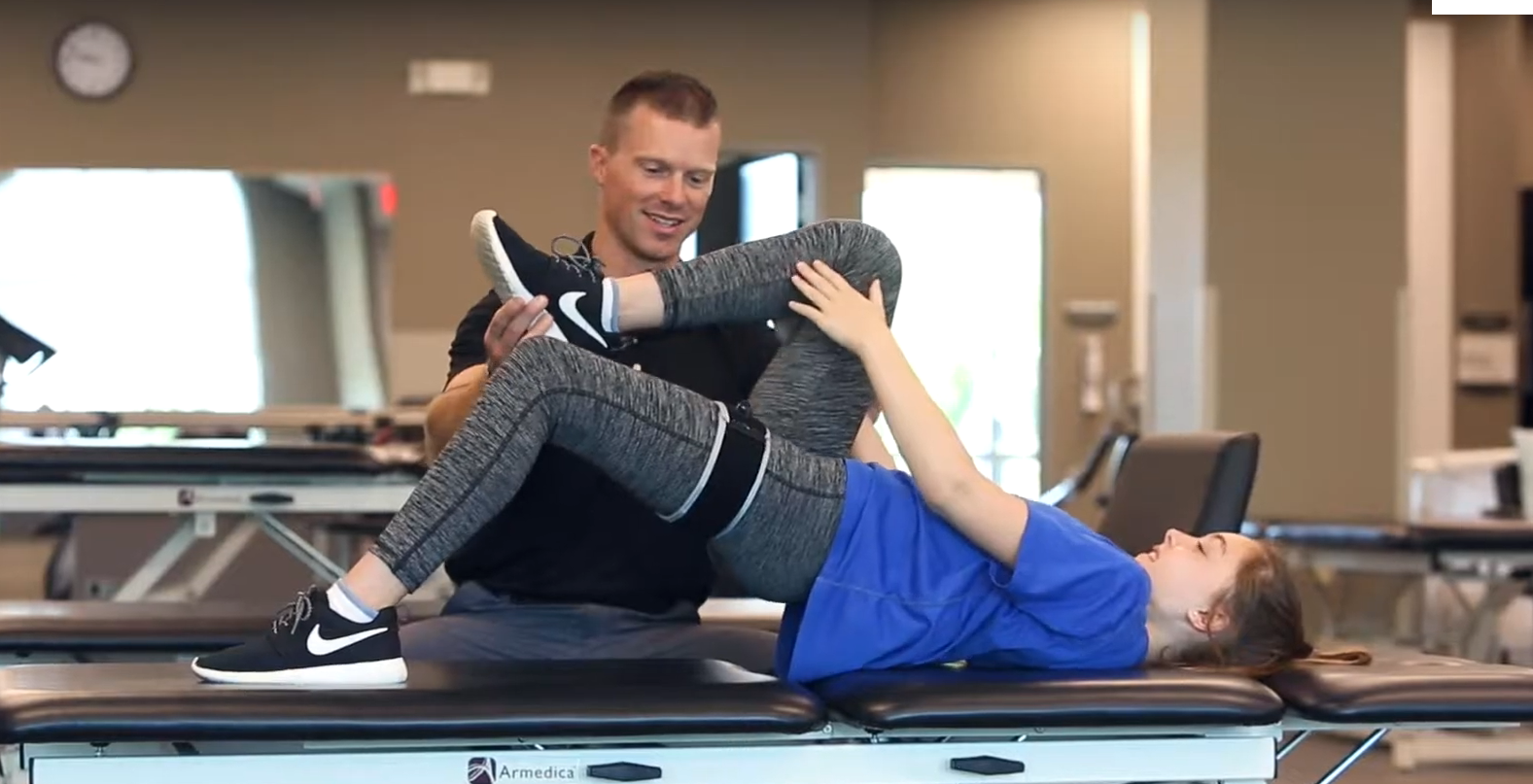
BFR Training Online
BFR Online Training
Blood Flow Restriction Training: Understanding the mechanism, safety, efficacy, applications & best practices
What you will learn:
During this online training, we will show you how to add BFR into your own practice - Taking you from basic understanding to authority. What is BFR? How does it work? Is it safe? Best Practices and applications - a complete guide to BFR!
During this BFR course, we break your training down into 8 Modules:
Module 1: BFR Introduction & Learning Objectives (3 minutes)
- During the 1st training module, you will understand the layout of the course, the topics and items on the agenda, as well as the curriculum to be presented.
Module 2: Background and History (6 minutes)
- In module 2, we will discuss the history & evolution of Blood Flow Restriction (BFR), including the advantages and limitations listed in the current evidence.
Module 3: Mechanisms and Mechanics (25 minutes)
- At the conclusion of this training module, you will understand the mechanics and physiology of BFR...the science behind “how it works” – Locally and Systemically.
Module 4: BFR Safety (28 minutes)
-
Understand the elements that make BFR safe, how to utilize BFR in a safe manner, the considerations of special populations, along with contraindications and precautions of use.
At the conclusion of this training module, you will appreciate the elements that make BFR training safe, including understanding the elements of safety in regards to: Age, gender, underlying conditions, DVT, BP, Vasculature, Muscles, Limb Occlusion Pressure (LOP), and various devices/products
Module 5: BFR Effectiveness and Efficacy (26 minutes)
-
During this training module, you will learn how BFR is effective (and what effectiveness actually means) in both local and systemic responses throughout numerous populations and demographics.
We will discuss the efficacy of BFR training & the populations for whom it is effective, specifically addressing it's effectiveness with elements of: Strength, Hypertrophy (Cross Sectional Area - CSA), Mitigating Atrophy, Bone health, Tendon health, Performance, as well as Utilization in various clinical and rehab populations.
Module 6: BFR Strength & Conditioning Principles (18 minutes)
- During this training module, you will learn the application of BFR with understanding the underlying principles and how to utilize fatigue to successfully administer Blood Flow Restriction Training
Module 7: BFR Best Practices (11 minutes)
- This module's emphasis is on synthesizing the current literature and troubleshooting the most common questions regarding BFR.
Module 8: Summary (8 minutes)
- The intent of this module is to summarize the course's content: The application, cuff materials, cuff size, cuff pressure, safety, who uses BFR, benefits, potential risks, as well as to bring together the current evidence in the literature, as well as the need for future evidence.
That's not all! We are giving you BONUS MATERIAL:
For taking this course, we are giving you Downloadable PDFs to help enhance your BFR practice and application. Giving you the documents and resources you need to succeed!
- Medical Screening Form - We have created a list of the most common precautions and contraindications associated with BFR safety concerns
- Informed Consent & Liability agreement - Working with legal team, we have provided a mutual agreement of terms to protect both the user and the provider
- Client Summary Handout - Whether introducing BFR to a new client, patient or physician, this document gives a brief and evidence-based overview
- Safety Checklist - This checklist is quick guide for those wanting to apply BFR independently - listing the top 6 considerations
- RPE_Exertion Scale - MPR had provided a widely used scale to help monitor exertion and effort with your patient/clients
- Research References - We have consolidated the available literature into categories: safety, efficacy, mechanisms, reviews - giving you the information
- BFR Product Discounts - Opportunities for future course discounts, BStrong BFR bands discounts and MPR best practices with rehab and strength and conditioning programming
The National Strength and Conditioning Association (NSCA) approved 0.3 CEU(s) in Category D for certified individuals who successfully complete this course.
The Indiana American Physical Therapy Association (APTA) approved 3.0 CEUs in Category I for licensed individuals who successfully complete this course.
APTA CEUs are accepted by most state physical therapy licensure boards, as allowed by the type of course requirements in state regulations. Please check with your local chapter or state board to ensure that they accept our online courses for licensure renewal. Continuing education requirements are regulated by the state boards of physical therapy. Each state licensing board has its own policies and procedures related to continuing education of its licensees.
Indiana has reciprocal CEU approval with: Alabama; Arizona; Florida; Iowa; Kentucky; Michigan; Minnesota; Montana; Pennsylvania; Virginia; Washington; Wisconsin and several other states - as always, please check with your state chapter for any questions regarding CEU approval from another state chapter of the APTA
Pairs well with
If you have any questions, you are always welcome to contact us. We'll get back to you as soon as possible, within 24 hours on weekdays.
Shipping Information
Use this text to answer questions in as much detail as possible for your customers.
Customer Support
Use this text to answer questions in as much detail as possible for your customers.
FAQ’s
Use this text to answer questions in as much detail as possible for your customers.
Contact Us
Use this text to answer questions in as much detail as possible for your customers.




